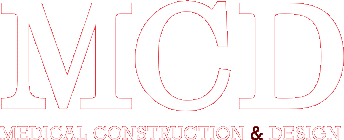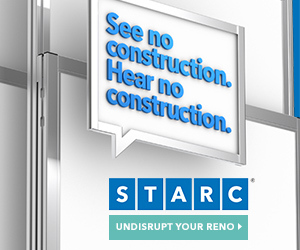NBI Releases Code Language that Achieves Carbon Neutral Buildings
New Buildings Institute recently released new code language that serves as a building decarbonization overlay to the 2021 International Energy Conservation Code. The Building Decarbonization Code is a groundbreaking tool aiming to deliver carbon neutral performance. It is designed to help states and cities working to mitigate carbon resulting from energy use in the built environment, which accounts for 39% of U.S. emissions. It also offers market insight into rules that will determine how new buildings are designed and constructed in the future in order to curb the worst impacts of climate change.
The recent efficiency gains in the 2021 IECC create ideal timing to offer a “decarbonization overlay” to the model code. The Building Decarbonization Code language is structured to be compatible with the current version of the IECC and covers both residential and commercial construction. The IECC is in use or adopted in 49 states, the District of Columbia, the U.S. Virgin Islands, NYC and Puerto Rico, according to the International Code Council, which manages the code’s development.
The Building Decarbonization Code, which is part of a larger toolkit being developed for cities and states, is focused on codes for new construction with the potential of adding code language for existing buildings in a future version. While not an all-electric code, the language does prioritize efficient electric equipment and is designed to be flexible. Sections cover All-Electric and Mixed-Fuel options.
The overlay incorporates code solutions to the inclusion of key electrification technologies including solar, electric vehicles, battery storage and demand response and is designed to enhance building-grid integration so the buildings can be effectively used as an asset to shift times when energy is used and alleviate pressure on the electricity grid during peak demand periods.
Technology choices are based on climate zone to ensure the appropriate heating and cooling technologies are practical for the specific location. For example, electric-resistance heating is not prohibited as heat pumps in cold temperature climates may require electric-resistant strip heat as a practical backup. Commercial codes consider different building typologies and available technology to provide practical end-use electrification. Under the present technology limitations, the commercial code may not be able to fully decarbonize all end uses.
Jurisdictions may use either section of the overlay in its entirety or use portions of either or both to amend the 2021 IECC to a code that is right for adoption to meet the needs of their communities and supports their climate goals.
To download the code, visit https://newbuildings.org/resource/building-decarbonization-code/.
Posted March 2, 2021
More Articles:
- CxA Workshop & Exam
Apr 29, 2024 – Apr 30, 2024 - EMP Seminar & Exam at CxEnergy 2024
Apr 29, 2024 – Apr 30, 2024 - CxEnergy
Apr 29, 2024 – May 2, 2024 - PHCC West 2024
Apr 29, 2024 – May 2, 2024 - Lean in Design Forum 2024
May 1, 2024 – May 2, 2024 - IFMA’s Facility Fusion Conference & Expo
May 5, 2024 – May 7, 2024 - ASHE Academy 2024
May 6, 2024 – May 10, 2024










